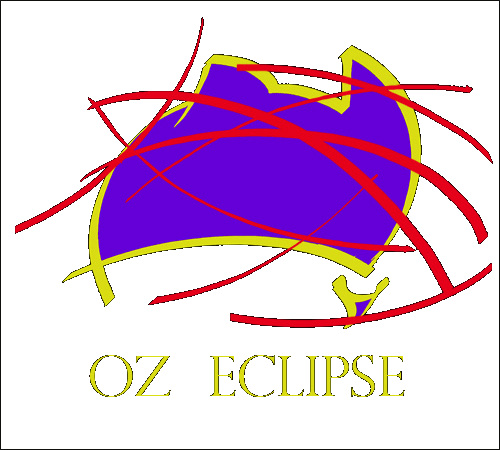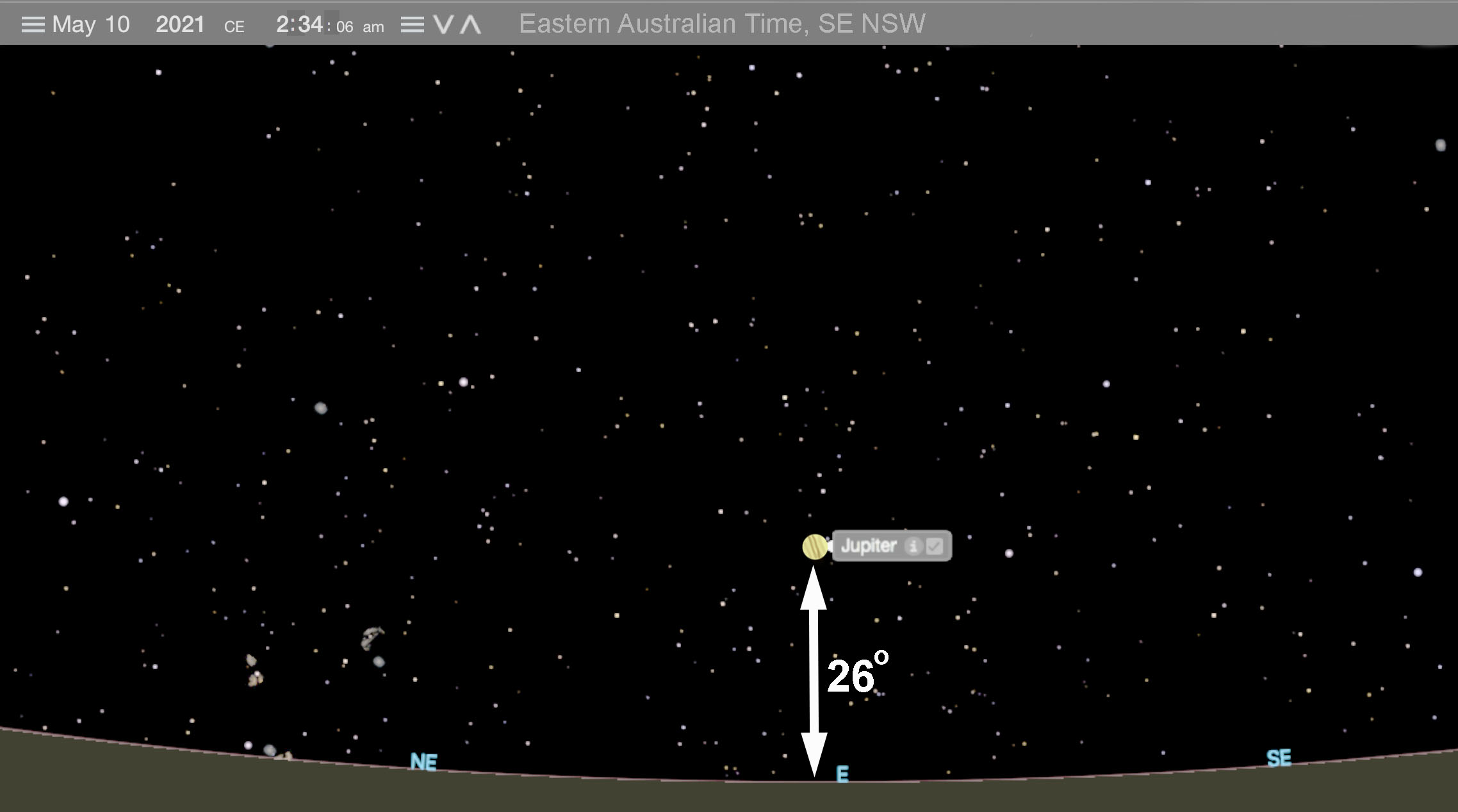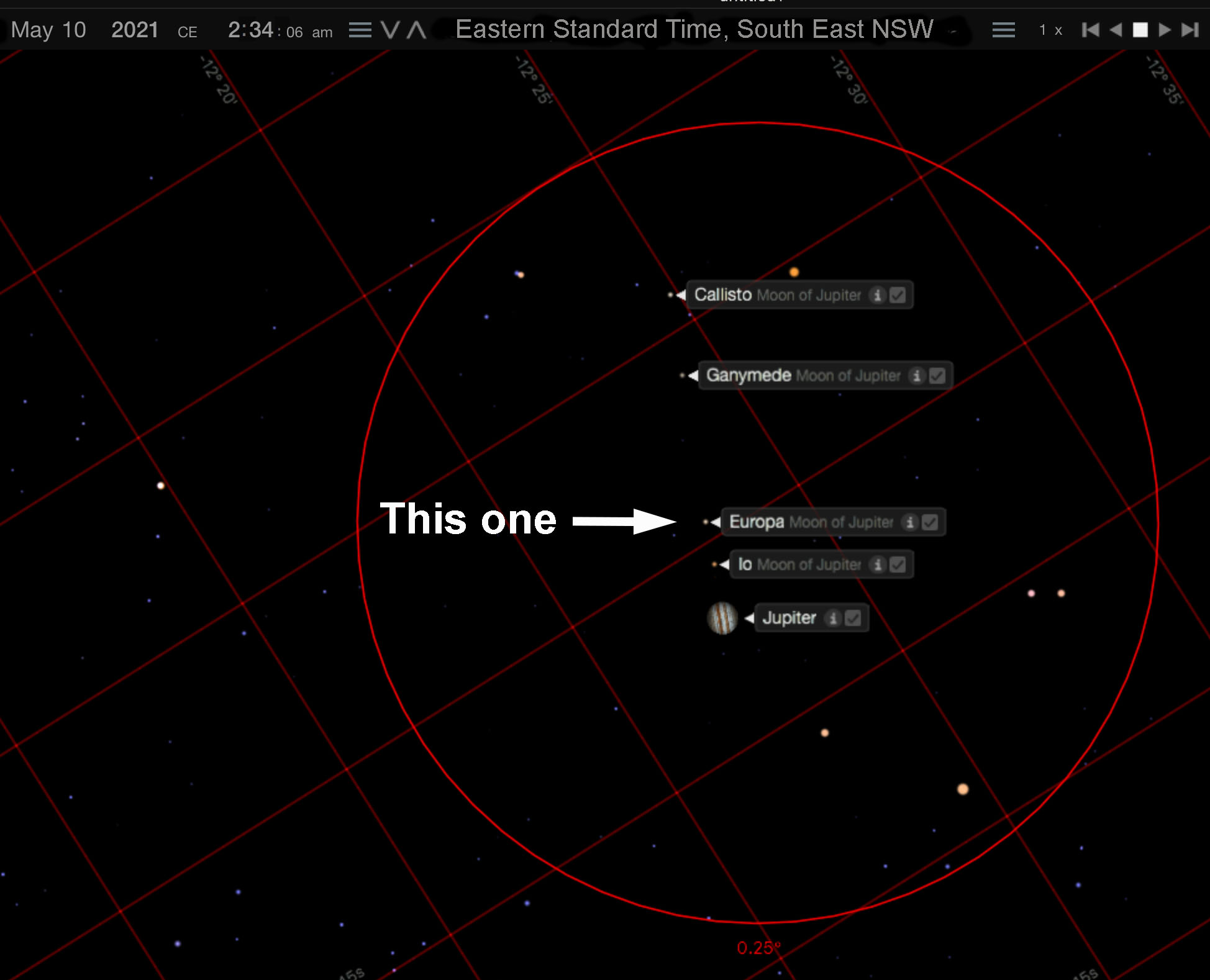Through a small telescope, the moons are
easily visible as starlike objects. A very large amateur scope may show
a very small disc. The amateur observer will not see the shadow
progression, they will only see the starlike object dim for 4 minutes
prior to its exiting the shadow and brightening again.
I have seen photographs of Jupiter taken with high quality
telephoto lenses in the 200-600mm range that clearly show the 4
Galilean moons. A sequence of images stitched into a time lapse
animation will record the disappearance nicely. Just make sure to
determine a suitable exposure or setting by viewing images in camera
then lock in that setting in manual mode so as to stop any variation
from frame to frame.




